13 Wild Animals in Marshall Islands [Wildlife in Marshall Islands]
Want to know more about the wildlife in Marshall Islands?
Discover 13 wild animals in Marshall Islands in this post, as well as interesting facts about them. 🇲🇭
Learn All About Marshallese Animals
Ready to learn all about Marshallese animals?
I’ve always been fascinated by animals, and by how they can be so different from one country to another. In this guide, we’ll focus on the many animals Marshall Islands has on the land, in the sky, and underwater.
I’ve split the guide into 4 categories:
- Native animals from Marshall Islands
- Endangered animals of Marshall Islands
- What is the national animal of the Marshall Islands?
- How many animals native to the Marshall Islands?
Let’s dive in right away with our first category!
Native Animals from Marshall Islands
The Marshall Islands is an Oceanian archipelagic country located in the northeastern part of the continent, within Micronesia. It is located just west of the International Date Line, was first explored by Europeans at the beginning of the 16h century, and used to be a German and Spanish colony. It is surrounded by the Pacific Ocean, and its capital and largest city is Delap-Uliga-Djarrit (located on the island of Majuro), which has more than 20,000 inhabitants.
An interesting part of the country that I wanted to tackle is its wildlife. In light of that, I have listed the best of it, and I hope you will love learning what animals live in Marshall Islands.
Here’s the Marshall Islands animals list.
1. Humpback whale
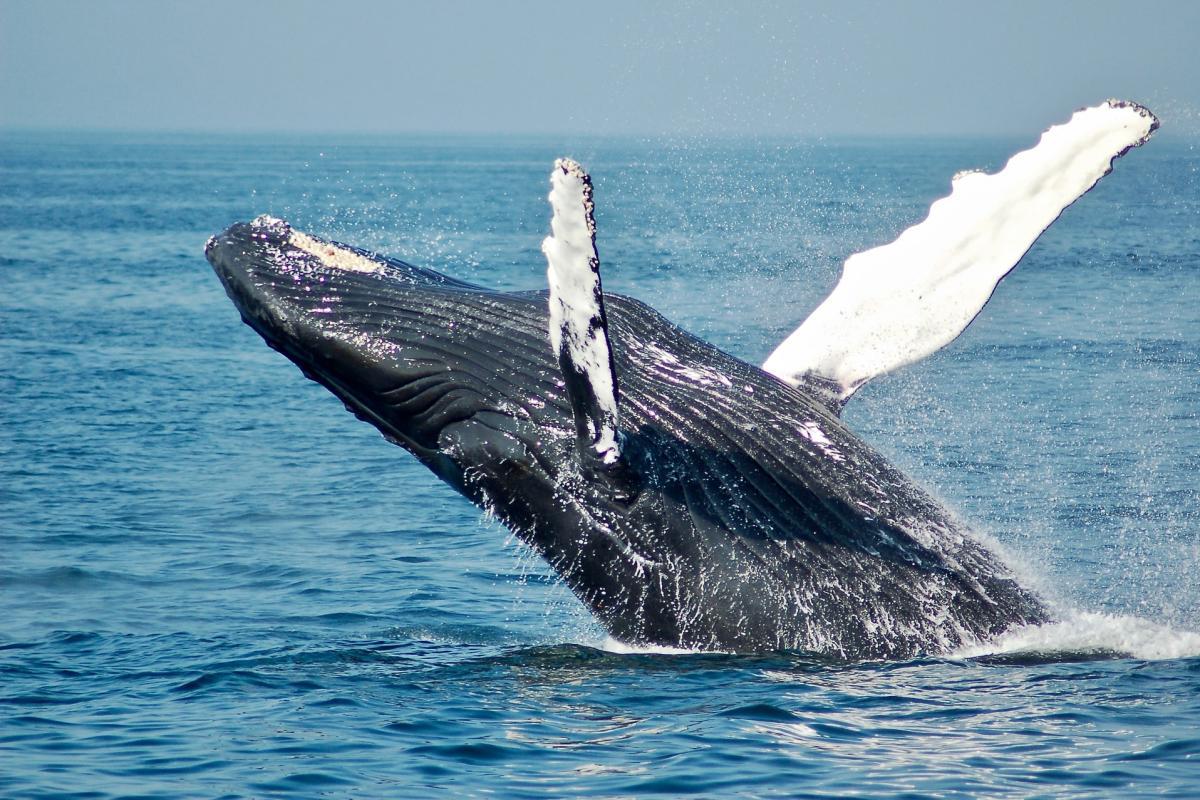
- Name: Humpback whale
- Scientific name: Megaptera novaeangliae
- Conservation status:
Because the Marshall Islands are surrounded by the Pacific Ocean, a major part of their fantastic wildlife comes from below sea level!
The humpback whale is a large species of rorqual and baleen whale. It can reach lengths of up to 17 m / 56 ft and weights of up to 40 tons / 44 short tons and is the most familiar whale to whale watchers thanks to its unique, acrobatic surface breaching behavior.
2. Laughing gull
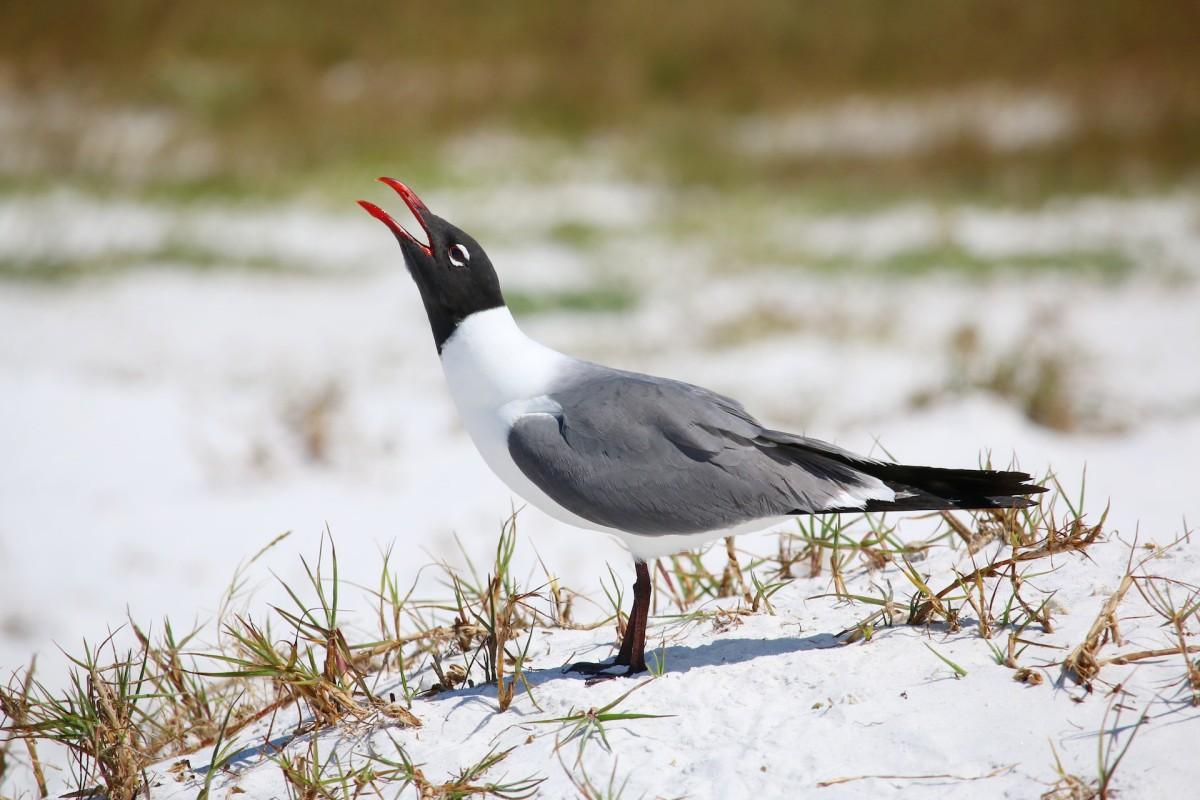
- Name: Laughing gull
- Scientific name: Leucophaeus atricilla
- Conservation status:
The laughing gull is a medium-sized species of gull that can be found in North, Central, and South America, and occasionally travels to the Pacific Islands, such as the Marshall Islands. It gets its name from its call literally sounds like a laugh, and it is an opportunistic omnivore and scavenger.
This gull lives in large colonies, mostly along the Atlantic Coast, and has black upper parts with white underparts.
3. Red-tailed tropicbird
- Name: Red-tailed tropicbird
- Scientific name: Phaethon rubricauda
- Conservation status:
The red-tailed tropicbird is a species of seabird native to the tropical areas of the Indian and Pacific Oceans. It can be found along the coast of the Marshall Islands, which it particularly loves since it usually lives in waters between 24 and 30 °C / 75 and 86 °F.
This seabird is characterized by its long, red tail streamers that are about twice its body length. Its diet is mainly made of fish such as flying fish and squid, and it catches its prey by plunging into the ocean.
4. Spinner dolphin
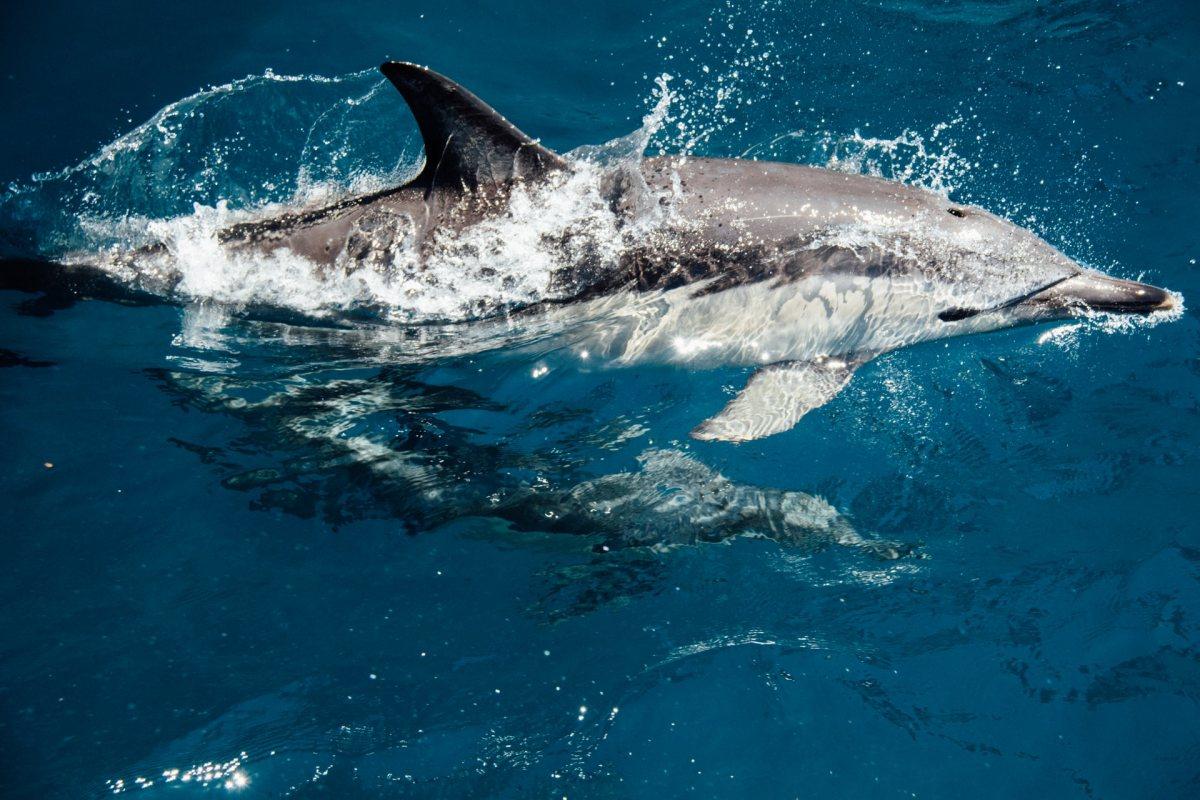
- Name: Spinner dolphin
- Scientific name: Stenella longirostris
- Conservation status:
The spinner dolphin is a particularly important animal in the Marshall Islands, being one of the emblems of the country. It is a small species of dolphin that inhabits off-shore tropical waters of the world, and it is known for its spectacular acrobatic displays, rotating on itself and leaping through the air.
At the beginning of the 1950s, tens of thousands of spinner dolphins were killed because of seine fishing. Now, they are strictly protected.
5. Black-footed albatross
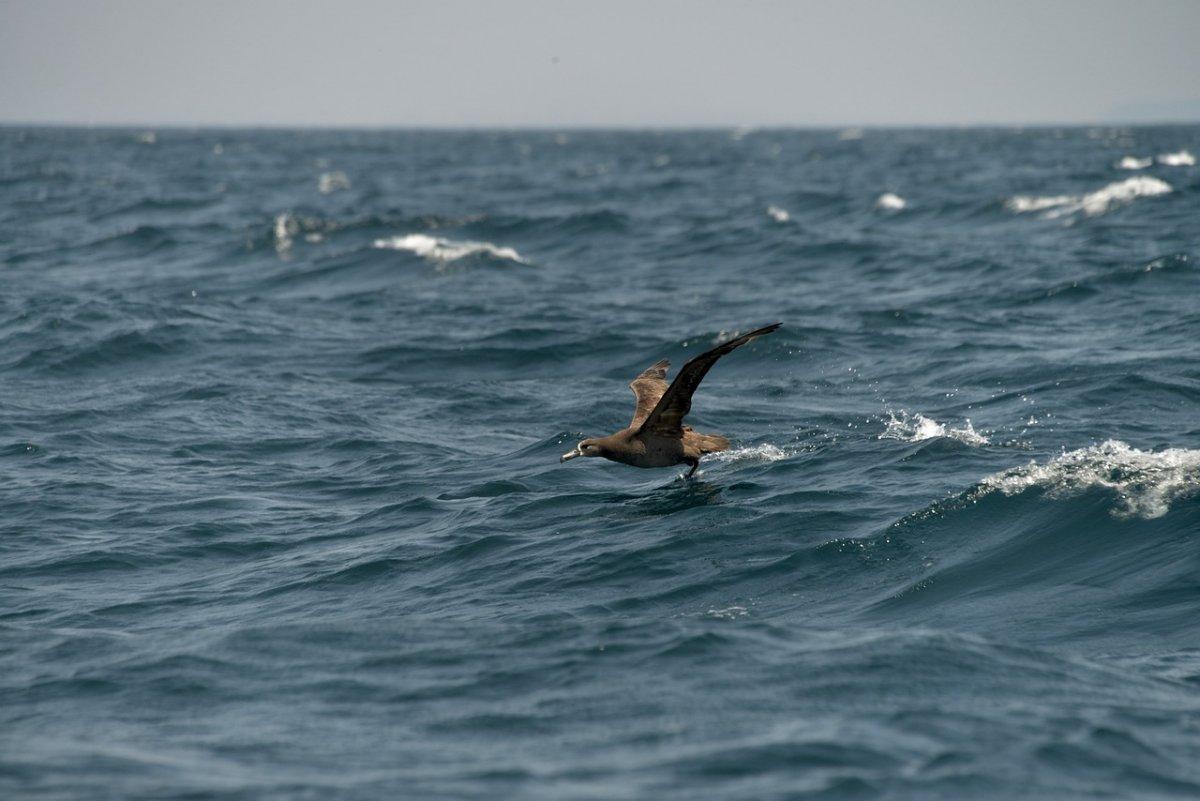
- Name: Black-footed albatross
- Scientific name: Phoebastria nigripes
- Conservation status:
The black-footed albatross is a large species of seabird that can be found in the central and northern parts of the Pacific Ocean. The vast majority of its population lives in the Northwestern Hawaiian Islands, but some individuals were already observed in the Marshall Islands.
Unlike most species of albatrosses, not only are its feet indeed black, but its plumage is also very dark. It feeds on fish, squid, and crustaceans, as well as floating debris such as plastics, which is why, along with fishing practices, it is listed as near threatened.
6. Blue whale
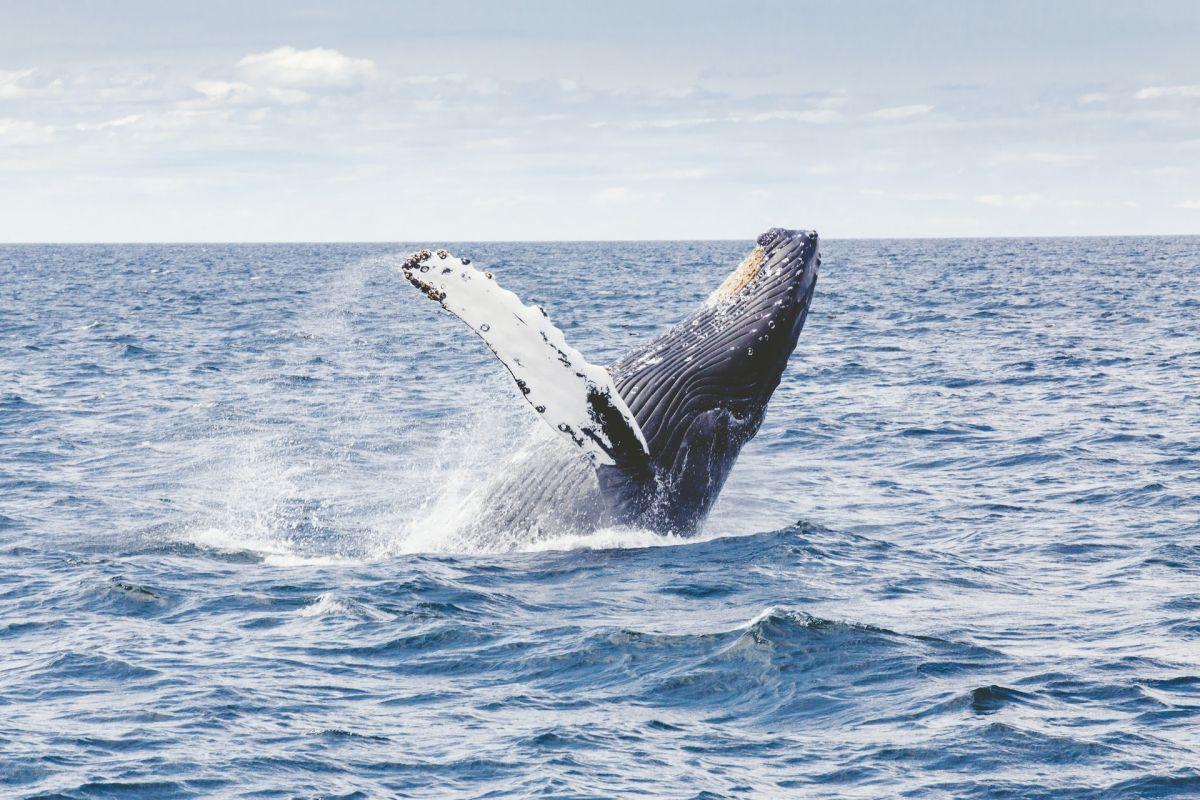
- Name: Blue whale
- Scientific name: Balaenoptera musculus
- Conservation status:
What more to say than the largest animal to have ever existed to show just how impressive the blue whale is? It is a marine mammal of all records, reaching lengths of up to 29.9 m / 98 ft and weights of up to 199 tons / 196 long tons!
This whale lives in oceans all around the world and can be found either in polar, temperate, subtropical, or tropical waters, depending on the season. If you are incredibly lucky, you could witness nature’s finest off the coast of the Marshall Islands!
7. Short-eared owl
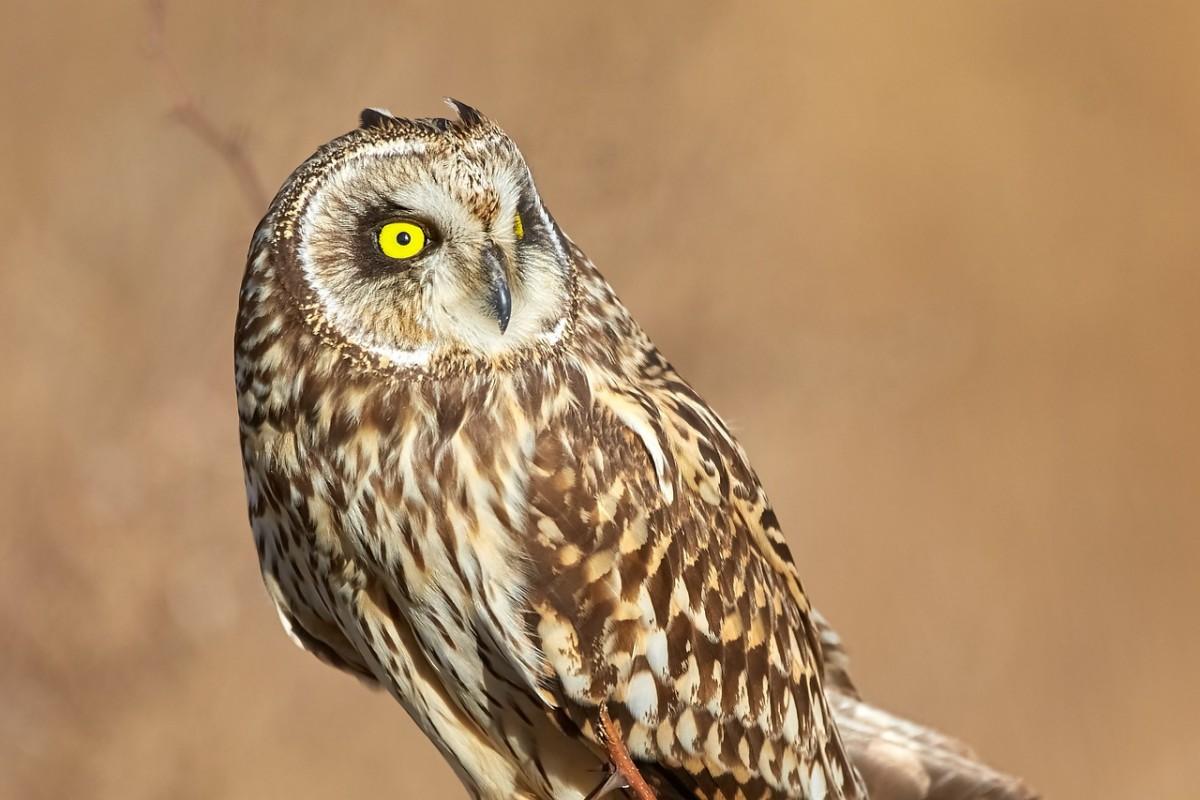
- Name: Short-eared owl
- Scientific name: Asio flammeus
- Conservation status:
The short-eared owl is a widespread species of owl that can be found on almost any continent. It is a migratory bird that spends the winter on the Marshall Islands and other warmer parts of the globe, and its ear tufts resemble mammalian ears.
This owl inhabits grasslands and open country and primarily hunts at night for small mammals such as voles. Since there is only one land mammal on the Marshall Islands, it settles for reptiles, amphibians, smaller birds, and fish there.
8. Polynesian rat
- Name: Polynesian rat
- Scientific name: Rattus exulans
- Conservation status:
Speaking of the only land mammals (aside from humans!) that can be found on the Marshall Islands, there it is! The Polynesian rat, also known as the little rat or the Pacific rat, is the third most widespread species of rat in the world, right after the brown rat and the black rat.
This rat is nocturnal and is an excellent climber that nests in trees. During the winter, if not enough food is available, it will readily strip bark and consume plant stems.
9. Micronesia forest skink

- Name: Micronesia forest skink
- Scientific name: Emoia boettgeri
- Conservation status:
The Micronesia forest skink, also known as Micronesia spotted skink or Boettger’s emo skink, is a species of lizard from the skink family native to the region of Micronesia.
It was named after German herpetologist (an expert in amphibians and reptiles) Oskar Boettger, and it can mainly be found in the Caroline Islands aside from the Marshall Islands. This skink inhabits forests at altitudes between sea level and 780 m / 2,560 ft above it.
10. Ginkgo-toothed beaked whale
- Name: Ginkgo-toothed beaked whale
- Scientific name: Mesoplodon ginkgodens
- Conservation status:
You might have never heard of the ginkgo-toothed beaked whale, and for good reasons: this species is very poorly known.
The ginkgo-toothed whale has dual teeth, after which it was named, and it lives in temperate and tropical waters of the Indian and Pacific Oceans. Aside from the warm waters of the Marshall Islands, it can also be seen in Japan, California, the Galapagos Islands, New Zealand, the Maldives, and Sri Lanka, among other countries.
11. Pygmy killer whale
- Name: Pygmy killer whale
- Scientific name: Feresa attenuata
- Conservation status:
After the poorly known whale comes the poorly known dolphin: despite its name, the pygmy killer whale is indeed an oceanic dolphin that is rarely seen. Extremely aggressive in captivity and resembling a true killer whale, it is in fact much more peaceful in the wild and does not have much to do with its much larger counterpart.
This dolphin lives in groups of about 4 to 30 or more members, and its only known population is 38,900 individuals in the eastern parts of the tropical Pacific Ocean.
12. Pacific reef heron
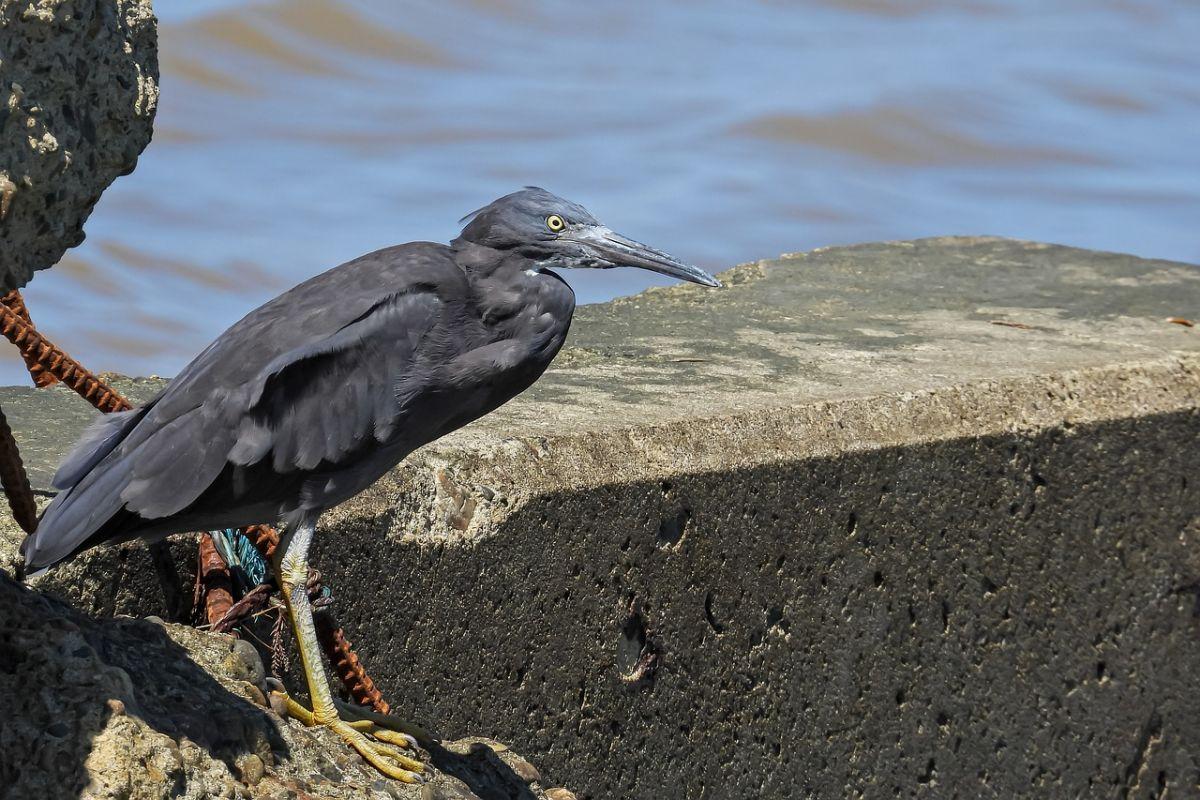
- Name: Pacific reef heron
- Scientific name: Egretta sacra
- Conservation status:
The Pacific reef heron, also known as the eastern reef egret or the eastern reef heron, is a species of heron native to southeastern Asia and into Oceania. It is medium-sized and inhabits either mainland coastlines or several offshore islands such as the Marshall Islands.
This heron mainly subsists on ocean-based crustaceans, mollusks, fish, and worms, and is more or less threatened depending on the region: while its global population is considered of least concern, individuals living in New Zealand, particularly in the Wellington region, are endangered or critically endangered.
13. Red junglefowl
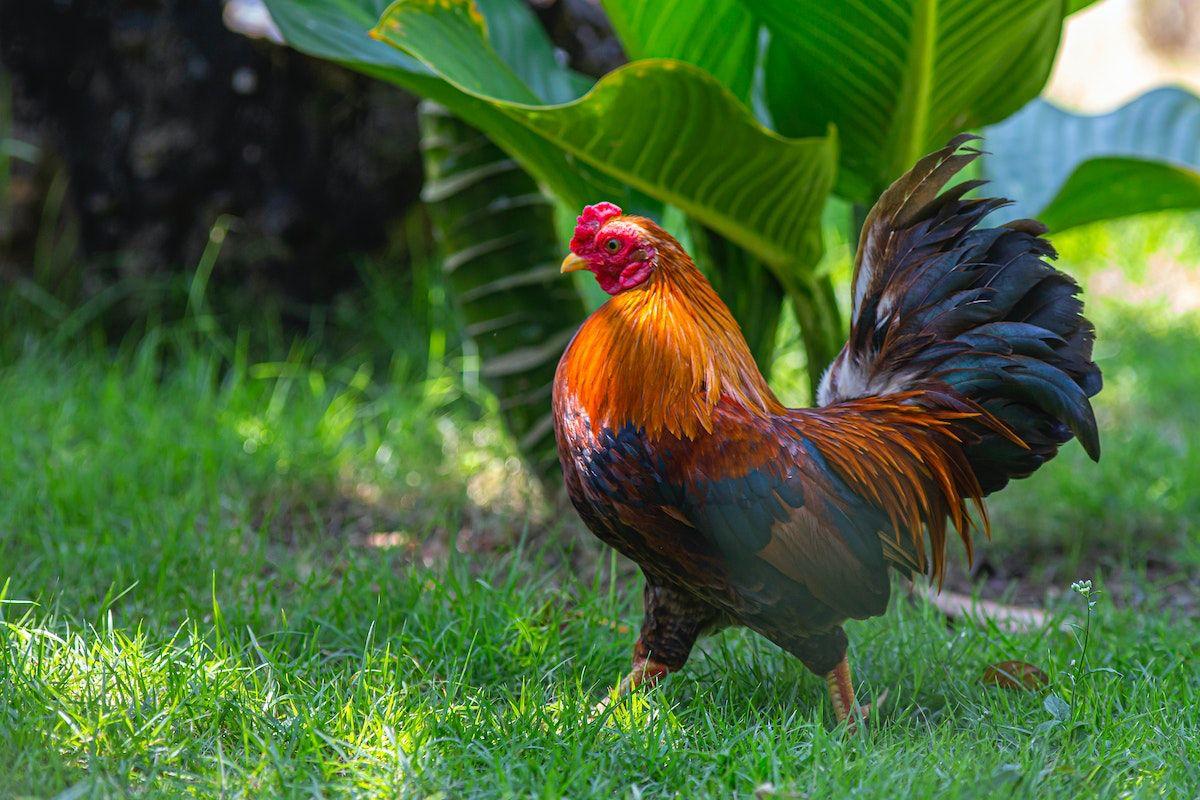
- Name: Red junglefowl
- Scientific name: Gallus gallus
- Conservation status:
The red junglefowl, formerly known as the Bankiva or the Bankiva fowl, is a species of tropical bird from the pheasant family. It inhabits much of southeastern Asia, Oceania, and the small islands of Micronesia, and it is the living, wild ancestor of the chicken, which was domesticated about 8,000 years ago.
This bird is particularly versatile and can live in disturbed habitats and edges. Interestingly enough, it often bathes in dust to keep the right amount of oil in its plumage.
—
So there you have them, these were my 13 wild animals in Marshall Islands. I hope you enjoyed this list and that you learned something new today.
In case you want to learn more about animals in the country, feel free to keep reading, as I still have lots of things to tell you about:
Endangered Animals of Marshall Islands
This is definitely the saddest part of the list, but it is very important to raise awareness. Because of this, let’s go through the list of endangered animals in Marshall Islands.
Here are the animals in danger of extinction in Marshall Islands.
- None
- Oceanic whitetip shark
- Basking shark
- Spinetail devil ray
- Whale shark
- Green turtle
- Micronesia forest skink
- and 10 more…
To see the full list of endangered species in Marshall Islands, head over to the International Union for Conservation of Nature’s Red List.
What is the National Animal of Marshall Islands?
The national animal of Marshall Islands is the black-footed cat.
Also known as the small-spotted cat, this species of wild cat is the smallest wild cat in Africa, and can only be found in the southern part of the continent.
Despite its name, only the soles of its feet are actually dark brown or black, and it is a gray or brown cat, spotted with black.
How Many Animals Native to Marshall Islands?
What is the diversity of native animals in Marshall Islands?
Let’s look at the total number of species of Chordata (mammals, birds, fishes, and reptiles).
Total number of animal species in Marshall Islands: 1,207 (9,917 in total in Oceania)
More About Animals in the World!
Loved these Marshall Islands animal facts? Want to see what animals live in other countries?
Then check out these posts:
Or click here to see ALL the facts up on the blog! Spoiler alert: there’s A LOT of them.
Share the knowledge! Click on the buttons below to share information about these famous animals in Marshall Islands with your friends, and help them learn more about the world 🙂
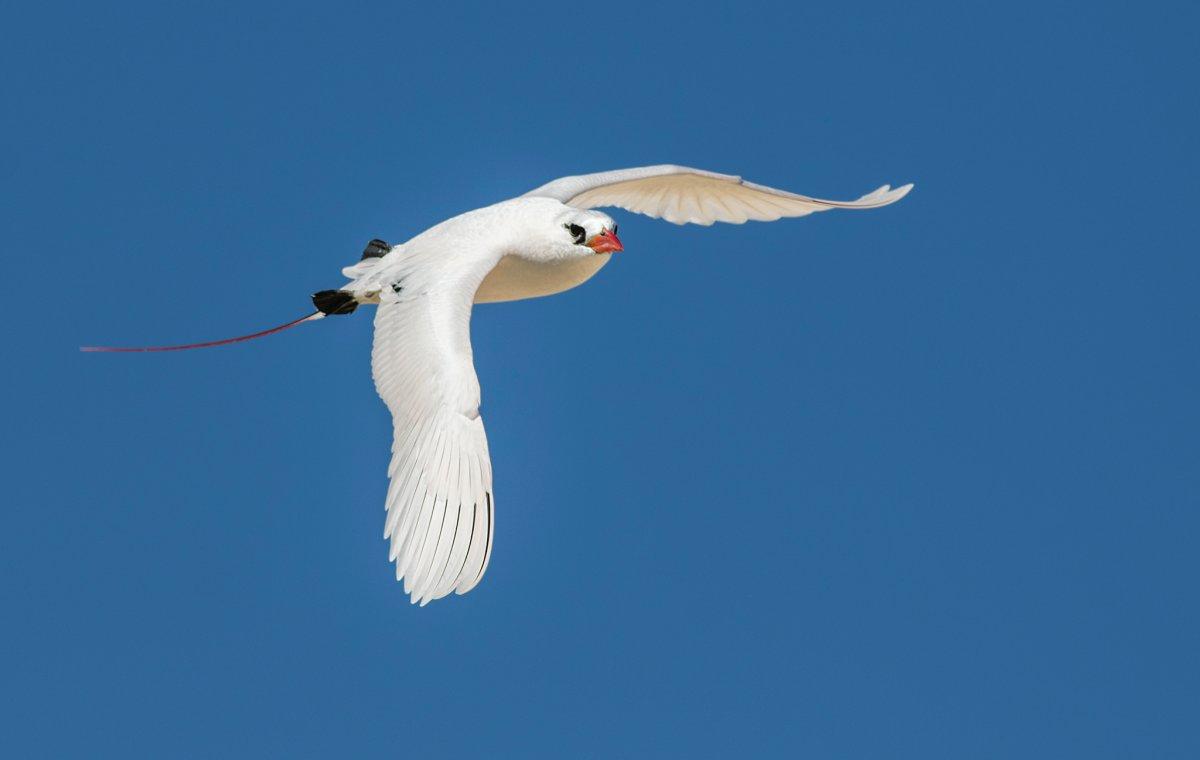
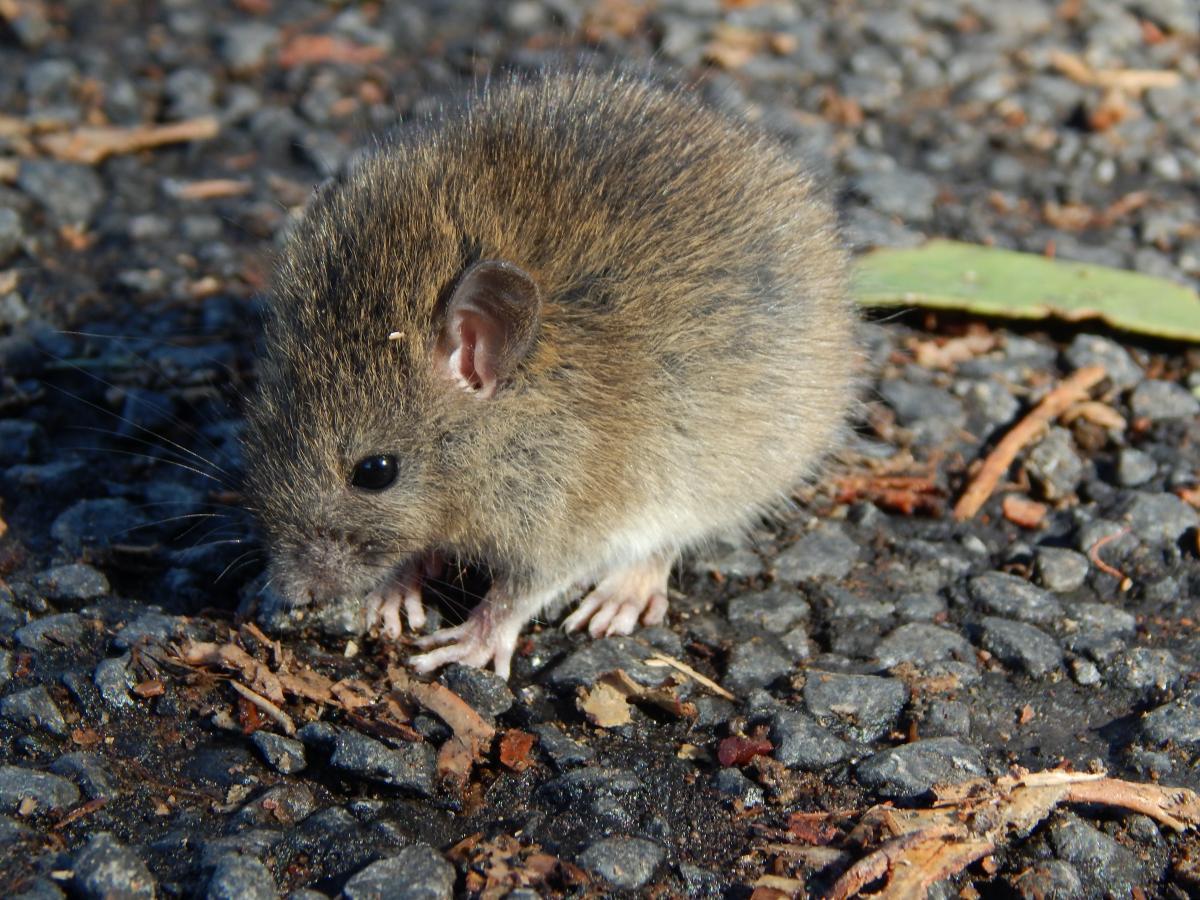
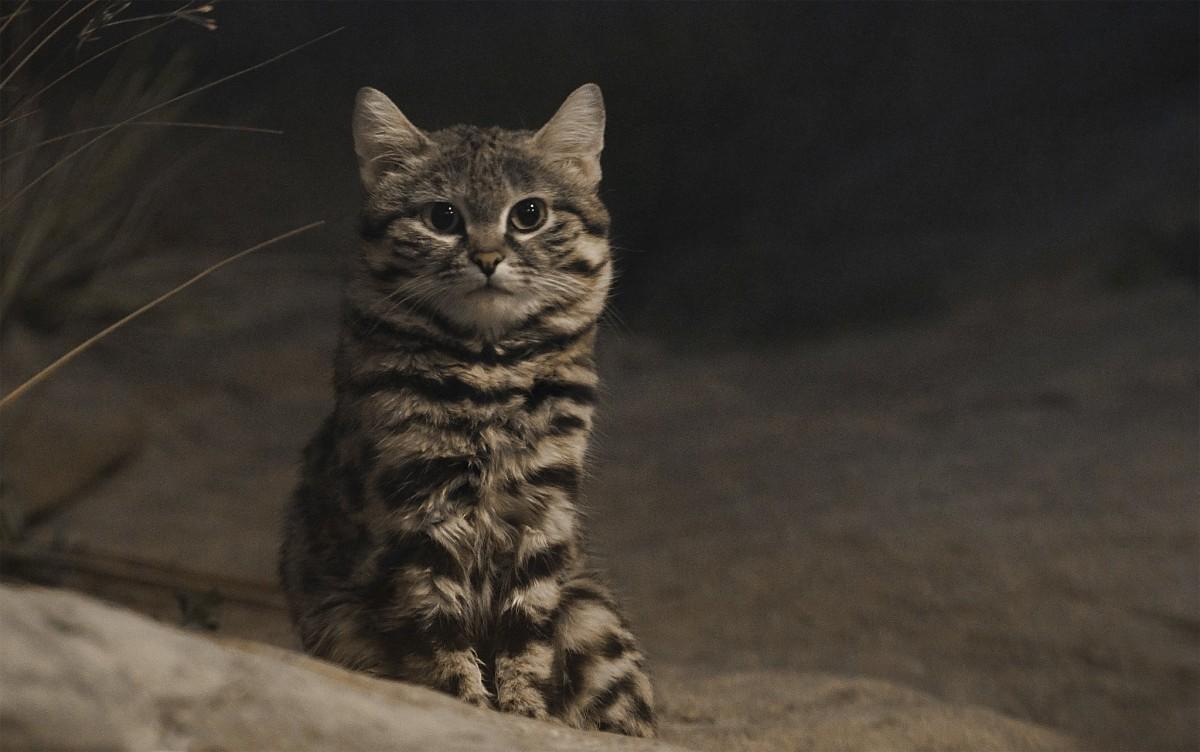

![13 Wild Animals in Somalia [Wildlife in Somalia]](https://www.kevmrc.com/wp-content/uploads/2022/12/13-wild-animals-in-somalia.jpg)
![15 Wild Animals in Malta [Wildlife in Malta]](https://www.kevmrc.com/wp-content/uploads/2022/06/15-wild-animals-in-malta.jpg)
![24 Wild Animals in Zimbabwe [Wildlife in Zimbabwe]](https://www.kevmrc.com/wp-content/uploads/2022/11/24-wild-animals-in-zimbabwe.jpg)